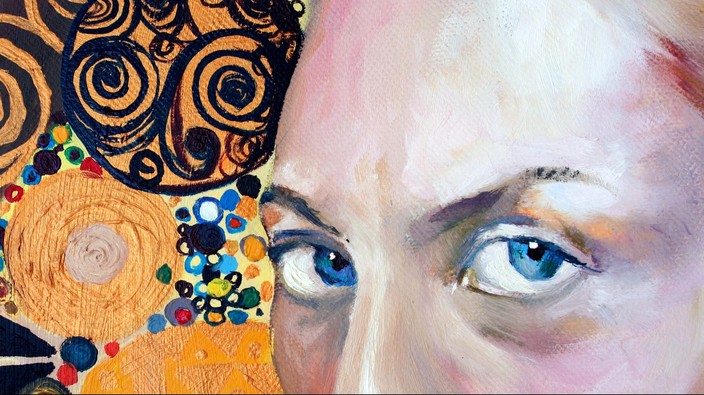health canada did not respond to an interview request before publication time.
canadians not going back to the optometrist
outside of surgery backlogs and medication shortages, experts are also concerned about the fall in regular eye check-ups for patients. in 2019, 68 per cent of survey respondents reported they had an eye exam within the last two years; in 2021 that percentage fell by eight points.
“patient engagement, in terms of getting their eyes checked on an annual basis, has definitely changed,” says stephanie kwan, practicing optometrist at specsavers in hamilton, ontario. “i personally found that people were afraid to get their eyes checked and some even waited till they noticed a change or a decline in vision until they came in to see an optometrist.”
conditions like glaucoma rarely have symptoms in early stages, which is why routine check-ups are important — sometimes, the damage can’t be treated.
“getting your eyes checked is so important because some diseases can go undetected for years. bleeding in the back of the eye, glaucoma, macular degeneration are all preventable, when it comes to saving your eyes and keeping your sight,” says kwan. “the thing is, when it comes to the eyes… when it comes to some vision loss, it could be irreversible.”
